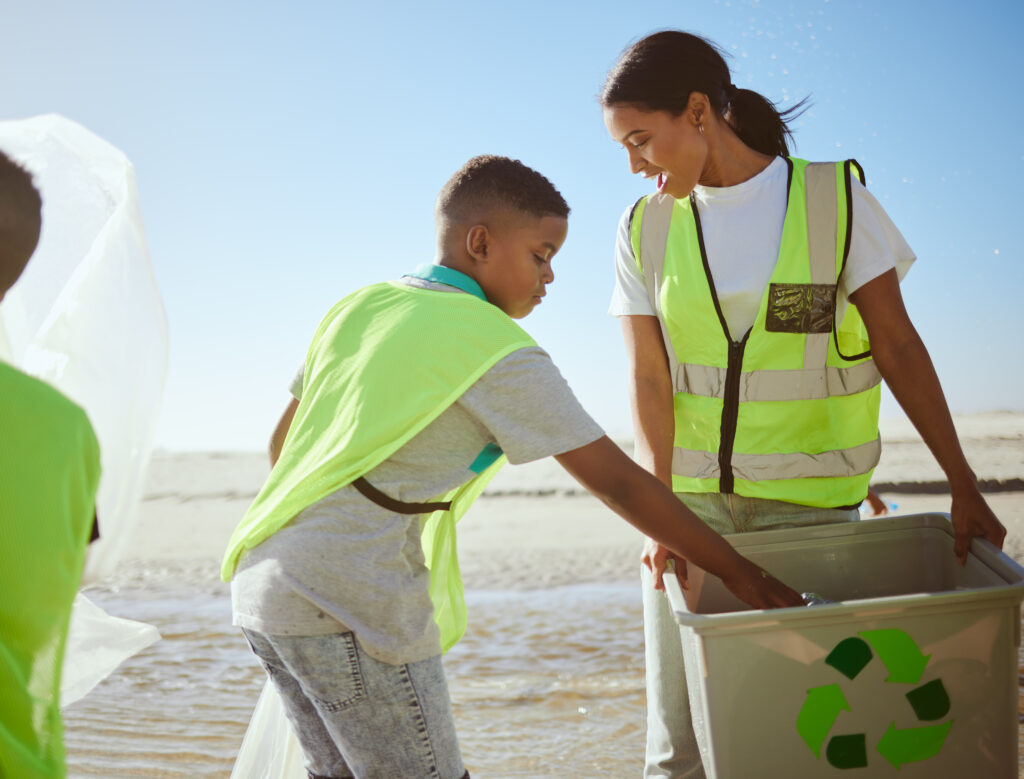Climate change has been a hot topic for the past decade, and for good reason. Its impact on the planet is undeniable, and the effects are far-reaching. From melting glaciers and rising sea levels to extreme weather conditions and wildfires, the consequences of climate change are being felt around the world. While everyone is affected, some groups, like children and women, are more vulnerable to its impact than others.
Children are the most vulnerable group when it comes to climate change. They are more susceptible to the negative impact of extreme weather conditions and natural disasters. According to the United Nations International Children’s Emergency Fund (UNICEF), children are the most vulnerable to climate change as it can affect their access to safe water, food, and shelter, and have a severe impact on their physical and mental health. Climate change has also been linked to an increase in malnutrition and infectious diseases like malaria, dengue, and diarrhea.
Women are also disproportionately affected by climate change. According to the United Nations, women are more likely to be affected by natural disasters, food insecurity, and health issues caused by climate change. Women also play a critical role in providing food and water for their families, and climate change can significantly impact their ability to do so. As weather patterns become unpredictable, and droughts and floods become more common, women have to work harder to provide for their families.
The impact of climate change on children and women is not just limited to their physical health. It also affects their education, economic opportunities, and social well-being. Children who are forced to migrate due to climate change often miss out on their education, while women who are struggling to provide for their families due to climate change are unable to pursue economic opportunities. Climate change can also lead to displacement, which can cause social unrest and conflict, further exacerbating the problem.
So, what can we do to address the impact of climate change on children and women? We need to take a comprehensive approach that includes mitigation and adaptation strategies. We need to reduce our carbon footprint and transition to renewable energy sources to mitigate the impact of climate change. At the same time, we need to invest in adaptation strategies to help children and women cope with the effects of climate change. This can include providing access to clean water, food, and shelter, improving healthcare services, and supporting economic opportunities.
Above all, we need to VOTE for leaders who prioritize eco-friendly policies and it’s implementation, leaders who care about the environment and are willing to pass into law, policies that will help us nurture our environment.
In conclusion, climate change is a global issue that affects everyone, but children and women are more vulnerable to its impact. We need to take a comprehensive approach to address this issue and protect the most vulnerable members of our society. By working together, we can create a better future for all.


